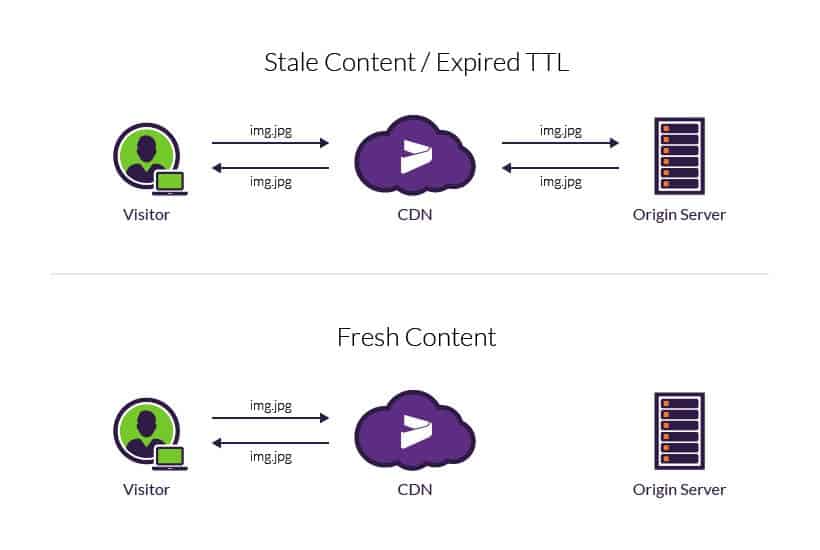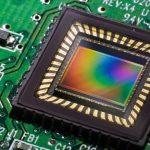Introduction
TTL stands for Transistor-Transistor Logic . It is the system based on combining transistors in such a way that they can be used for logic gates. Transistors have the capability of becoming parts of very complex devices when combined. An average microprocessor uses upwards of 40 million transistors. Transistors in microprocessors, however, are microscopic as opposed to the discrete components used in consumer electronics and circuit boards.
The NOT Gate
The NOT gate works by inverting the input. The TTL version of the NOT gate contains one transistor, seen below:

When the input, A, is high (+5V), the base of the transistor is saturated, allowing current to flow from the collector of the transistor to the emitter. Since this is possible, the current does not take the higher resistance path through the output (assuming it has a resistive load attached to it such as an LED). When the input is low (0V), the current has no choice but to flow out of the inverted A output (the A with the line overtop to indicate it is negated). The two resistors in the circuit are for limiting current as to not destroy the transistor, and sometimes may not even be required depending on the transistor.

TTL Inverter (NOT Gate)
To further explain, the NOT gate has been integrated into a circuit by connecting it to a current probe and a battery. When the switch for the input of the not gate is not hit, the current flows in the path indicated by the red diagram below. The current flows through the resistor because the transistor does not conduct when the base is not saturated.:

However, when the switch is hit, making the input high , the circuit is shorted and current flows directly from one terminal of the battery through the transistor, to the other terminal. This is illustrated further in the next figure:

In real logic gates, several more transistors are used in order to stabilize the input and output. Although this may seem like a large hike in complexity and price, creating transistors in ICs is a lot cheaper and easier to do, as they do not have to even have a shell or casing, and are a lot smaller.


